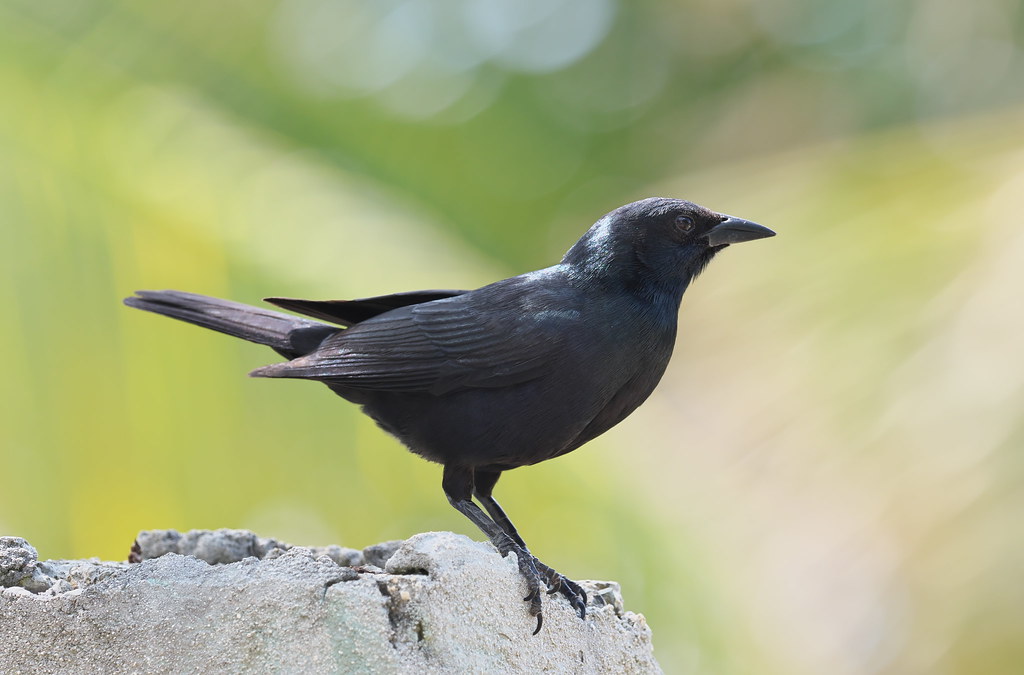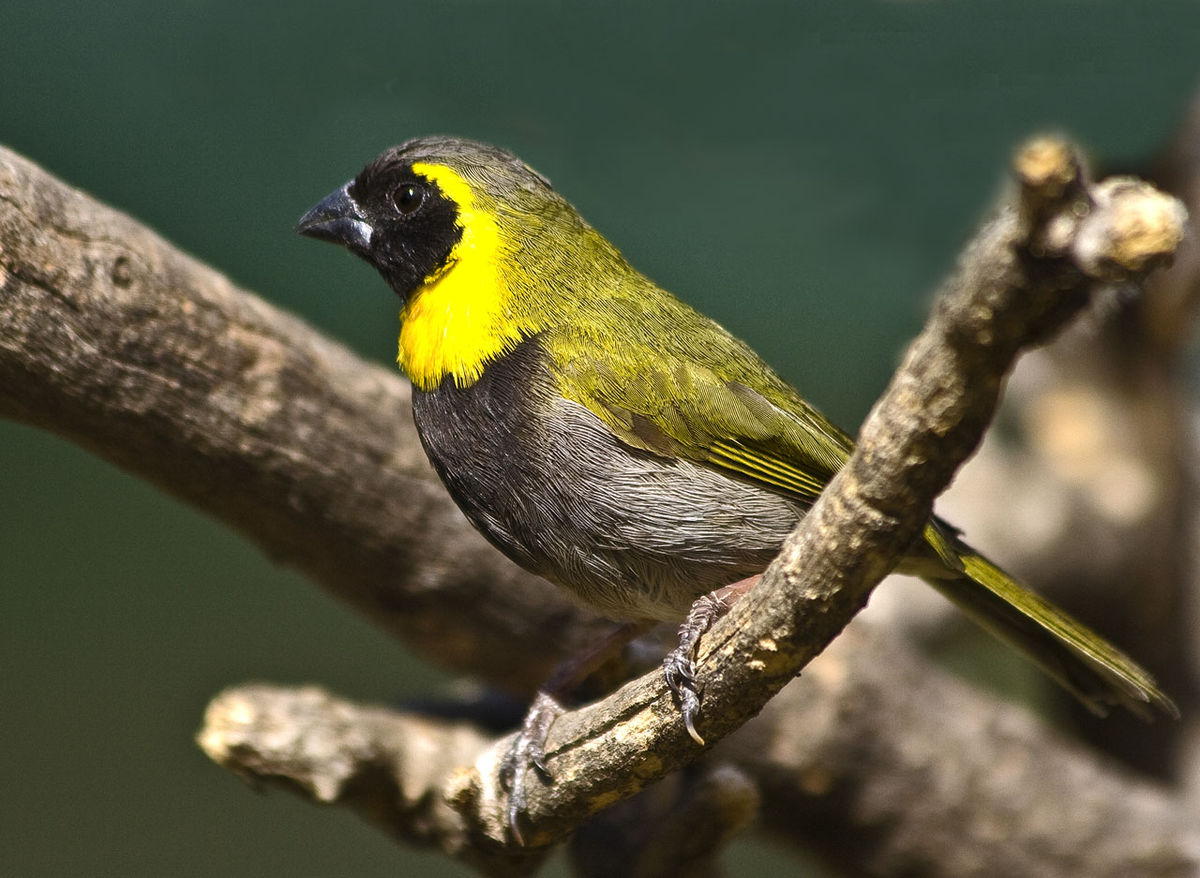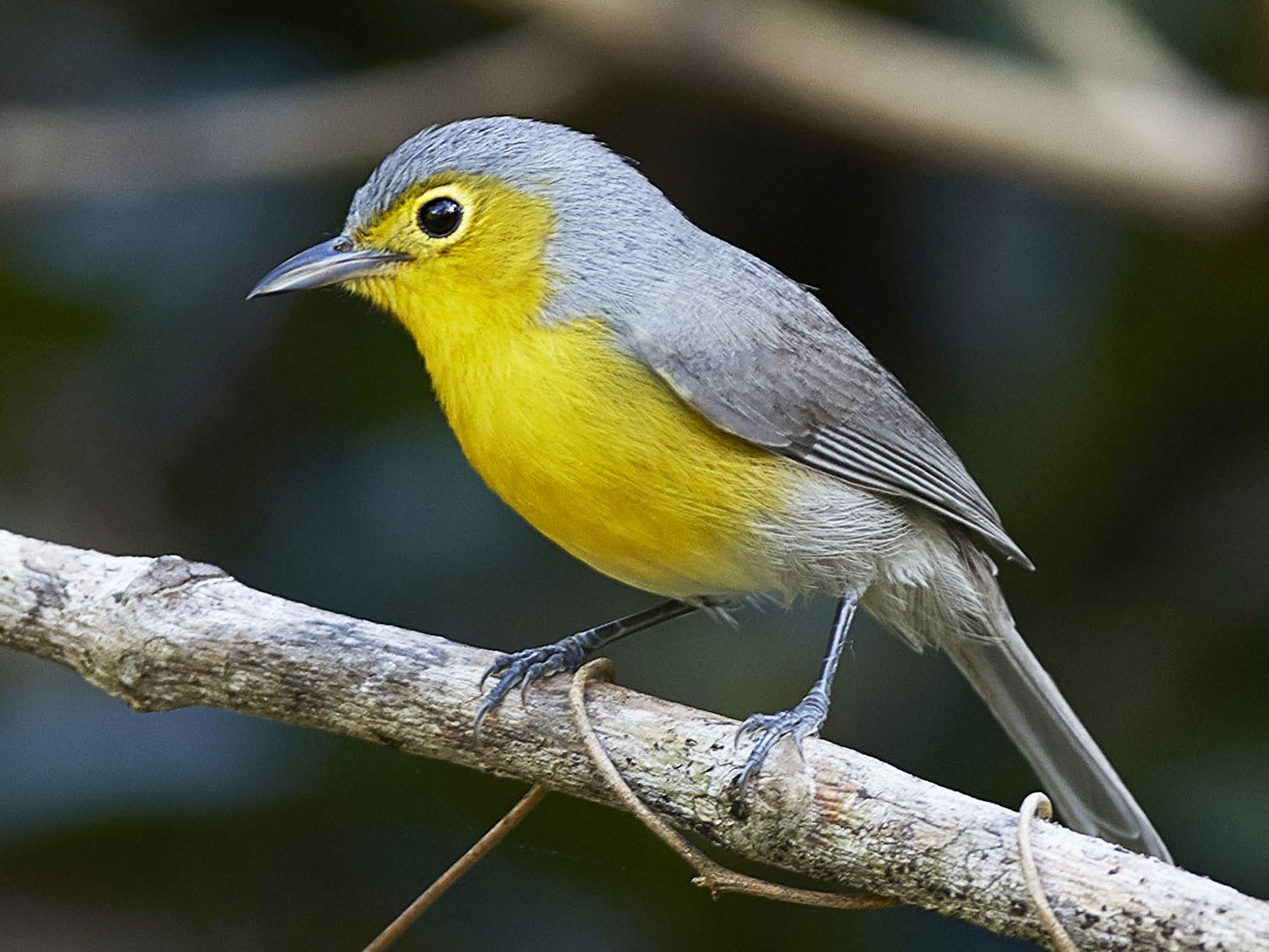As promised, here are some more gorgeous birds from this enchanted island.I tell you, there’s no other place like this on earth… so many untouched places, amazing fresh air, turquoise waters… you cannot tell me that you couldn’t just sit in a natural water whole or near it and admire it all. Mother nature has done an amazing job in Cuba!
Cuban Blackbird (Dives atroviolaceus)
Otherwise affectionately known as Toti by Cubans. It is one of the most recognised birds – Cuba Photography Tours
Whilst it is an endemic to Cuba, it is wide spread on the main island, and pretty much non-existent in surrounding Cays. At 28cm in size, I wouldn’t call it big bird. Its color is entirely shiny black black with a slight violet sheen on the upperparts.
You could call it a city dweller, it loves gardens and the food scraps of the big smoke – especially stuff around restaurants and cafes, they at times even venture inside to grab a snack. But like humans, some opt for the quiet life in the country around farms or mountain forests. The ‘farmers’ can be found perched on cattle for a ride and the odd parasite.They tend to forage for their food. The majority of their diet consists of seeds from grasses, weeds and waste grain with a side of arthropods and a bit of fruits, nectar, smaller vertebrates and eggs for a snack.
They nest between march and July in their cup-like nest built among palm fronds, bromeliads and in the eaves of roofs. You won’t miss them, they move around in flocks.

Cuban Oriole (Icterus melanopsis)
A songbird endemic of Cuba. Often heard bursting into song in the wee hours of the morning. They are black with yellow patches on the shoulders, underwings, rump and undertail. They like to hang out in pairs and can often be found at the end of flower spikes.
They like to stay in moist lowland forests, mangrove forests, and plantations. The Cuban Oriole is frequently observed foraging in coral trees for insects and nectar, and tend to attach their spherical, highly elaborate nests to the underside of palm tree leaves, banana fronds, mango clusters or palm thatched roofing.

Cuban Grassquit
A tiny endemic, quickly spotted due to its well known for its high pitched song. They have a dark face (black in males and gray in females) that is surrounded by a swirl of yellow from behind each eye, down the sides of the neck, and across the chest. The coloration in male and female is slightly different.
These tiny endemics are often found in pairs. At nesting time you will hear them perform a duet singing by both sexes as part of their courtship. Established couples may skip this foreplay and get straight to business.
The female grassquit is a fierce little one and is rather competitive, it is known to attack perceived competing birds. Due to their fierceness, they tend to seek out competitive males to secure a bigger breeding ground for their family and produce stronger offsprings.
Its natural habitats are moist lowland forests, moist montane forests, shrub lands and degraded former forests, where the male builds a nest in the low vegetation. Cuban grassquit loves to munch on various kinds of fruits, seeds, and tender shoots.

Cuban Solitaire (Myadestes Elisabeth) also known as the Cuban nightingale.
This beautiful endemic has olive-brown upper parts with a grey belly and yellow legs. It likes to reach the heights and sit there for hours, so it can be a hard bird to spot. It’s sound is hard to describe, but has been known to be likened to the sound your crystal glass makes when you rub it with wet fingers (never thought that’d be good for something, apart from a party trick!) And yet, it is known to be the most exquisite songbird in Cuba….Feel we may need to revisit that definition!?
Unfortunately this endemic is near threatened as its habitat is shrinking. It can be found in the montane and premontane regions of east and west Cuba in the dense humid rainforest. It likes to catch its food in flight. Insects better watch out!
It builds its nest inside rock and tree cavities, where it nests between February to July.

Oriente Warbler
The Oriente Warbler is endemic to Cuba, mainly found on the eastern part of the island. Good news is, their population seems stable.
It has a beautiful yellow face, throat, breast and upper belly, with grey underparts. Their flanks show a dull brownish tinge. Little hard to tell the male and female apart as they have similar colorings.
This little one, at a mere 13cm in size, can be seen from scrubby woodlands near the coast to humid, high mountain forests. They love feeding on insects, caterpillars, spiders and small lizards with small fruits as an occasional treat.
It is very active in the morning and forages higher, up to 5 metres or more above the ground. It probes into bark and wood crevices with the long bill, and in clumps of dead leaves. Whilst in the afternoon, it comes down to lower level and ground.
It is happy to chat and hang out with other species outside the breeding season and can often be found in mixed-species flocks. However in the mating season the couples forage together. How nice?
Not sure about you but we love to go into nature looking for these lovely birds so we can admire them in their surroundings and listen to their beautiful songs. If you want to discover them too, then check out our Simply Birds of Cuba Tour.


